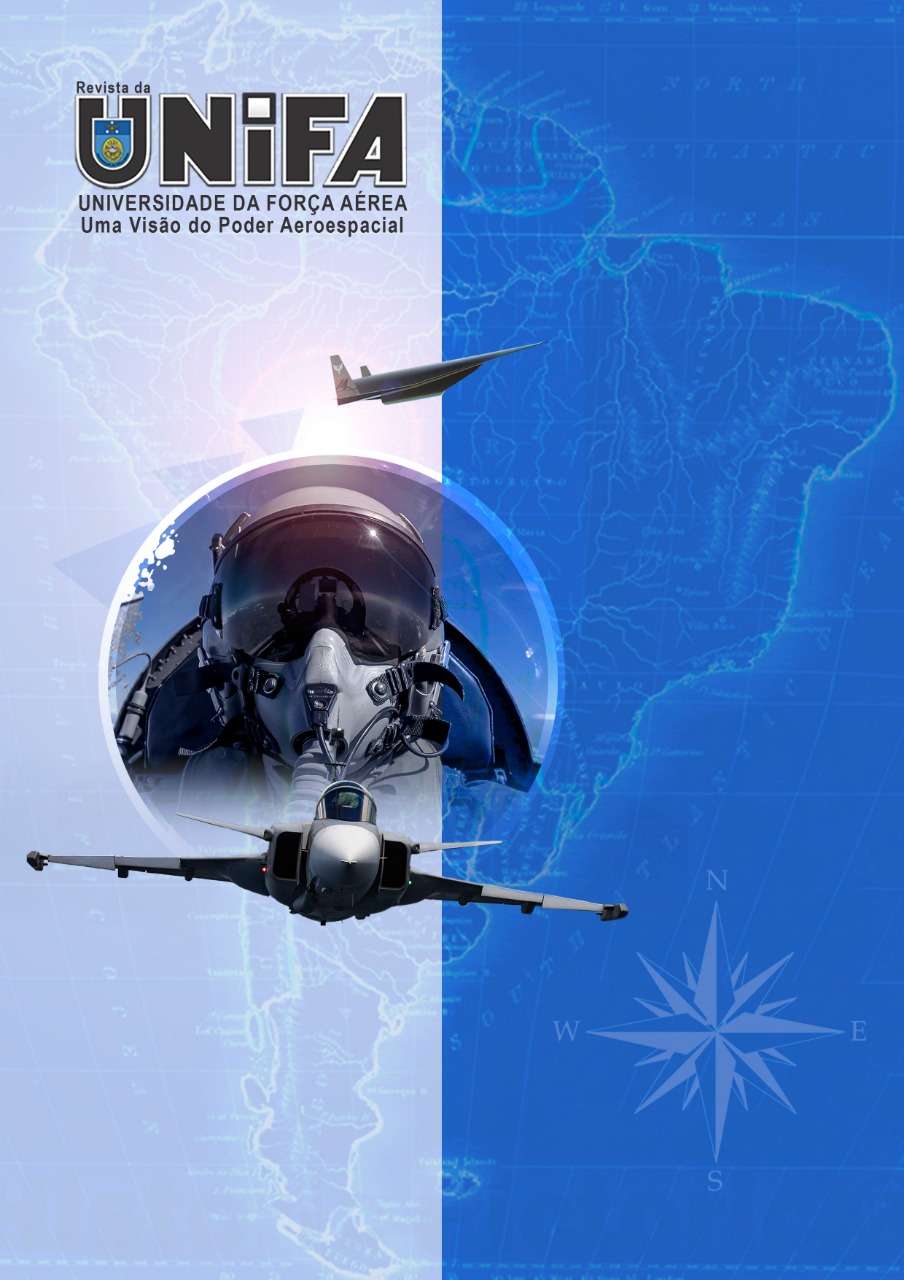The impact of reduced air effort on training the instructor pilot between 2012 and 2015
DOI:
https://doi.org/10.22480/revunifa.2021.34.310Keywords:
Flight Effort, Training, Experience, Instructor Pilot, Theory of ConstraintsAbstract
This study analyzed the operating elevation of instructor pilots focused on the amount of hours in the operational training and maintenance program (PIMO). Thus, the goal is to identify the impact of the reduction in air efforts for the 1st / 2nd Transport Group in the amount of hours for training the flight instructor pilot in C-99 aircraft between the years 2012 and 2015. It was used one descriptive research with documentary base. Based on air effort of information and hours flown by pilots until the time of operational flight instructor advice were presented through tables, made the analysis, and, after correlated by linear Pearson coefficient (r = � 0, 15).
With the result, you can see that there is a negative relationship between the variables, is the reduction did not affect air effort in training instructor pilot as pilots reached a minimum of 600 hours set by PIMO. Thus, based on Goldratt’s Theory of Constraints in its first step to identify the restriction, it can be concluded that the reduction of air effort was not the bottleneck in the instructor training process.
References
BRASIL. Comando da Aeronáutica. Primeiro Esquadrão do Segundo Grupo de Transporte. Programa de Instrução e Manutenção Operacional do 1º/2º GT Grupo de Transporte. Rio de Janeiro, RJ, 2015.
FIGUEIREDO FILHO, D. B.; SILVA JUNIOR, J. A. Desvendando os Mistérios do Coeficiente de Correlação de Pearson (r). Revista Política Hoje. Vol. 18, n.1, art. 2009. Disponível em http://www.revista.ufpe.br/politicahoje/index. php/politica/article/viewFile/6/6. Acesso em: 14/08/2016.
GIL, A. C. Como elaborar projetos de pesquisa. 4 ed. São Paulo: Atlas, 2002.
GOLDRATT, E. M.; Cox, J. A meta: um processo de melhoria contínua. São Paulo: Nobel, 2002.
LAKATOS, E. M.; MARCONI, M. A. Fundamentos de Metodologia Científica. São Paulo: Atlas, 2003.
MAGER, R. F., PIPE, P. Trad. Maria Ângela Vinagre de Almeida. Análise de Problemas de
Desempenho. 2 ed. Porto Alegre: Globo, 1979.
GOLDRATT, E. M.; COX III, J. F.; SPENCER, M. S. Manual da Teoria das Restrições. 2 ed. São Paulo: Bookman, 2002.
TAYLOR, J. L.; KENNEDY, Q.; NODA, A. & YESAVAGE, J. A. PILOT AGE AND EXPERTISE PREDICT FLIGHT SIMULATOR PERFORMANCE. A 3-year longitudinal study. Neurology, 2007. Disponível em http://www.ncbi. nlm.nih.gov/pmc/articles/PMC2907140/. Acesso em 24/08/2016.
Downloads
Published
Issue
Section
License
Copyright (c) 2021 Revista da UNIFARevista da UNIFA permite que o (s) autor (es) mantenha(m) seus direitos autorais sem restrições. Atribuição-NãoComercial 4.0 Internacional (CC BY-NC 4.0) - Revista da UNIFA é regida pela licença CC-BY-NC









